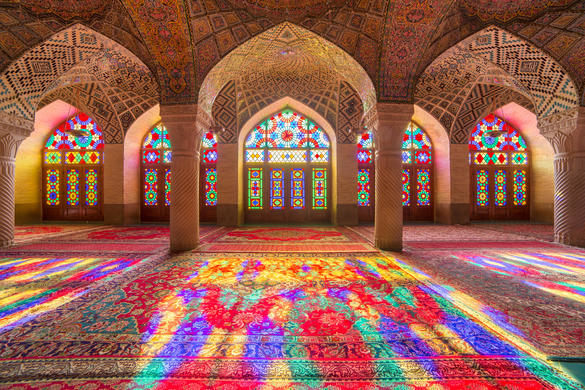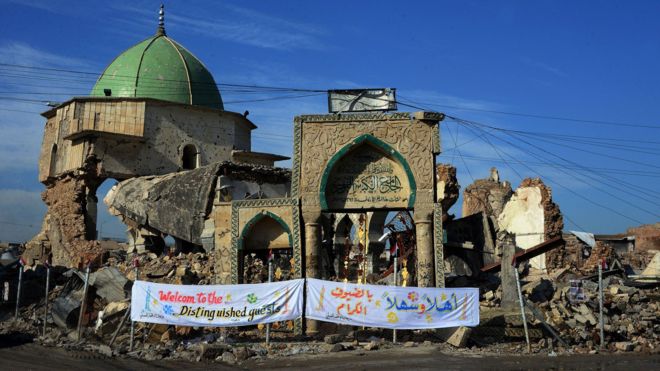Home to 22 UNESCO World Heritage cultural sites, the Islamic Republic of Iran’s past encompasses an intoxicating mix of empires, invading armies, and ancient poets. Despite the current regime’s predilection for hardline interpretations of the Quran and emphasis on Iran’s Islamic identity, the country’s pre-Islamic cultural heritage sites increasingly feature in pitches made to international visitors.
Despite extensive cultural offerings and low costs for food and accommodation, Iran remains relatively untouched by mass tourism. Hard-hitting sanctions, including flight bans, and frosty relations with much of the West have historically kept visitor numbers low. In recent years Iranian officials have made concerted efforts to increase tourist numbers. In 2019, Iran recorded a 29.7% year-on-year increase in tourists, bringing total visitor numbers to just over seven million.
Iranian officials hoping to see this trend continue were optimistic earlier this month about the possibility of welcoming tourists again from July. However, with over 100 COVID-19 daily deaths reported across the weekend, the highest numbers since mid-April, Iran may need to adjust timelines for tourists returning as the country focuses on containing the virus for a second time.
Prior to COVID-19 the historical and cultural sites drawing international travelers included the ancient city of Persepolis and the Pink Mosque (officially Nasir al-Molk Mosque).
BBC explores the “Art of Persia”
In 2019, the BBC’s Samira Ahmed spent six weeks with a film crew traveling across the country documenting some of its most sacred heritage sites. The result, the three-part “Art of Persia” series, is a journey across 2000 years of art and culture.
The Persians once ruled an empire from Egypt to Northern India and whilst their empire no longer exists, Persian culture and identity has withstood the arrival of invading armies, new languages, and a new religion to remain a source of pride among Iranians today.
Among the historical sites featured in the program are the garden tombs of Saadi and Hafez, Persian poets from the Middle Ages whose work inspired that of European writers. The tombs are popular pilgrimage sites. In recent times, the English translations of Hafez’s poetry have become a source of controversy with scholars claiming they are too inaccurate to be considered a reproduction of Hafez’s work.
At the crux of critiques of the English translations is the erasure of Hafez’s Persian and Muslim identity. For Professor Omid Safi of Duke University, this is an issue of “power, privilege and erasure” that robs the poetry of its original spirituality.
Among the most wondrous sites featured is the Nasir al-Molk Mosque, known colloquially as the Pink Mosque due to the extensive use of rose-colored tiles throughout the building. Located in Shiraz, in the Southwest of Iran, the mosque was built in the late 19th century.
Adding to the mosque’s uniqueness is the use of stained glass, not a common feature in mosque architecture. Sunrise sees light shine through the windows with elaborate patterns and colors cast onto its floor to create a breathtaking site.


